When it comes to a website, the content that you display is crucial for attracting and keeping your audience. What happens, then, if your material is stagnant and constant and fails to spark the interest of your audience? This is where dynamic content, an effective way to improve user experience and engagement on your website, comes into play.
In this article, we will dig deeper into the topic of dynamic content and discuss more reasons behind using it on your WordPress website. On top of that, we will also share 5 of the top WordPress plugins for creating dynamic content.
So continue reading to find out how WordPress dynamic content can transform your website and how you can use it on your website.
Understanding WordPress Dynamic Content
Now let’s understand the idea of dynamic content in more detail and explore how it differs from static content.
Dynamic content is website content that changes automatically based on a set of predetermined criteria or triggers. This includes things like user behavior, location, time, and other data. Dynamic content, as opposed to static material, is adapted to each visitor, offering a personalized and relevant experience.
Consider that you manage a clothing-selling e-commerce website. And you offer a feature that lets users see customized recommendations based on their prior purchases or browsing behavior by employing dynamic content. If a customer has previously bought a pair of shoes, for instance, you can utilize dynamic content to display related products to them, such as a belt or pocketbook that matches. This improves the user experience while also raising the possibility of a sale. Dynamic content can also be used to display time-limited offers or promotions, like a countdown clock for a sale.
Below are some examples of dynamic content.



How Dynamic Content Differs from Static Content
Unlike dynamic content, static content is the same for every visitor who visits a website. These can contain things like predefined graphics, movies, and text that do not alter in response to user activity or other aspects.
In contrast, Dynamic content is certainly more interactive. They can be used to engage visitors in many ways, such as personalized discounts, suggested products, and information related to a particular region. It’s possible to give visitors a more specialized experience that is catered to their interests and demands by using dynamic content than static content.
The Advantages of Dynamic Content in Your WordPress Website
Now that we know why dynamic content edges past static content, let’s take a look at some of the key advantages (among many!) of dynamic content, so you can understand why you must use dynamic content on your website.
Personalization: With dynamic content, it is possible for you to adapt the content to each visitor’s interests and actions by using dynamic content. You can provide a more personalized experience that resonates with the visitor by making use of the visitor’s data, such as their browsing history, search history, or location.
Improved User Experience: Dynamic content is by nature more relevant and engaging that grabs the interest of the visitor. Thus it improves the user experience. Because of it, Dynamic Content can lower bounce rates and boost visitor engagement.
Increased Engagement: Dynamic Content makes it easy to provide more relevant recommendations, offers, and interactive elements like live feeds or polls. By offering such a compelling experience, you can encourage users to stay longer, interact with the material, and ultimately convert.
Better SEO: Lastly, by providing fresh and original content to search engines, dynamic content can help enhance a website’s search engine optimization (SEO). Dynamic Content helps you raise search engine ranking by frequently updating the material, and increase website traffic.
When to Use Dynamic Content

Dynamic content can be quite helpful for a variety of websites. However, some website types can benefit from it more than others. The types of websites that benefit most from dynamic content are shown in the following examples:
eCommerce websites: For eCommerce websites, dynamic features like presenting individualized product recommendations, special offers and discounts that are catered to each visitor’s interests and behavior can come in really handy. eCommerce websites can give their clients a more enjoyable and individualized buying experience by showing dynamic content.
News websites: News websites can also use dynamic content to display specific content according to a user’s location, hobbies, and behavior, news websites. This way, news websites can enhance user engagement and encourage users to stay on their website for longer by displaying relevant news pieces.
Travel websites: Dynamic content can help travel websites by showing tailored trip suggestions depending on a user’s location, interests, and behavior. A travel website might, for instance, present holiday packages that are customized to a user’s preferences or advertise airfare and hotel rates that are particular to the user’s location.
Other industries that can benefit from dynamic content include education, event management, recruitment, healthcare, finance, real estate, and more. Websites in these sectors can offer a more personalized and interesting experience by integrating dynamic content.
How to utilize Dynamic Content in WordPress:
Depending on the style and function of a WordPress website, dynamic content can be used in a variety of ways. You can display personalized material, real-time data, personalized recommendations, and much more using dynamic content. Implementing Dynamic Content in WordPress is simple with the appropriate plugins.
Top 5 WordPress Plugins to Utilize Dynamic Content
Now let’s discuss a few of the top WordPress plugins you may employ to add dynamic content to your website.
1. JetEngine
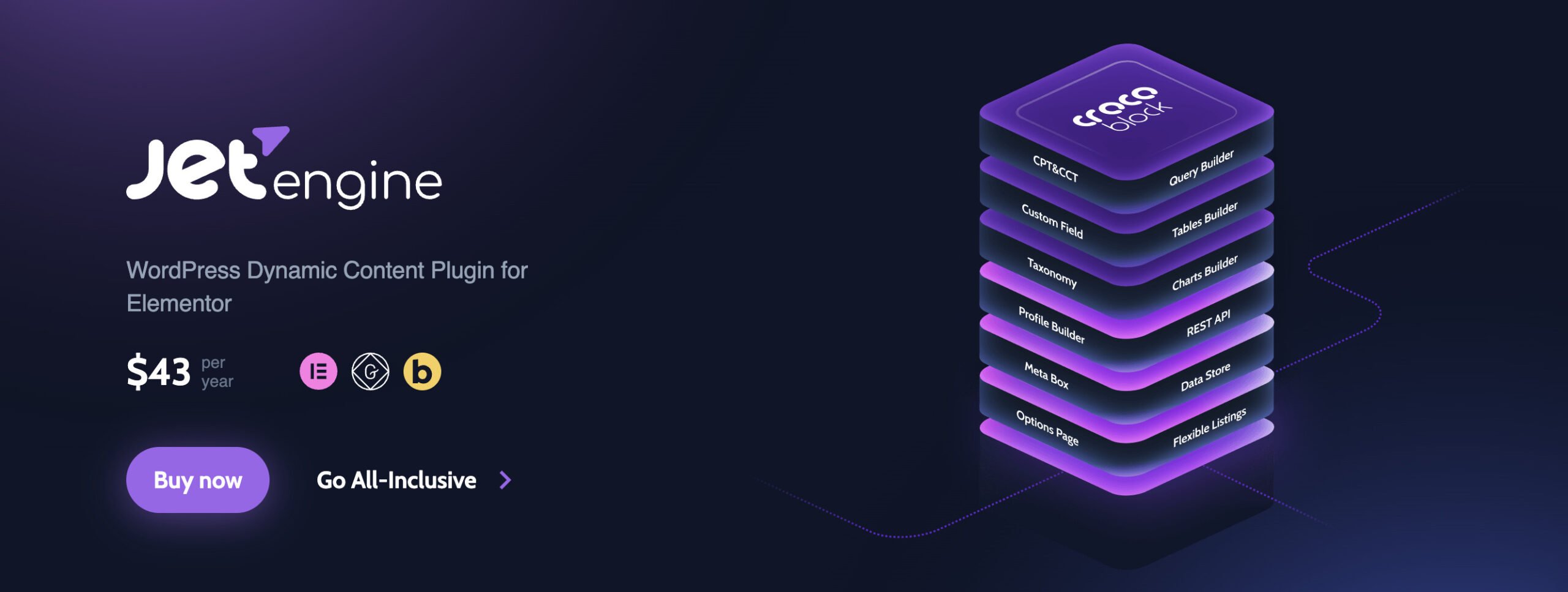
JetEngine is a powerful WordPress plugin that offers features for creating custom post types, taxonomies, relations, options pages, and forms. It also offers several features for creating Dynamic Content, including dynamic page templates with dozens of widgets that you use on your website without any coding skills. JetEngine works for both Elementor and Gutenberg-build sites. JetEngine is highly intuitive, making it very easy for WordPress website owners to quickly develop and manage Dynamic Content.
Key Features and Benefits of JetEngine:
- Create custom post types, taxonomies, and custom fields
- Dynamic templates, meta, and widgets
- Integrations with popular plugins
- User-friendly interface
- Intuitive and easy to use for beginners
- Excellent support
2. Toolset
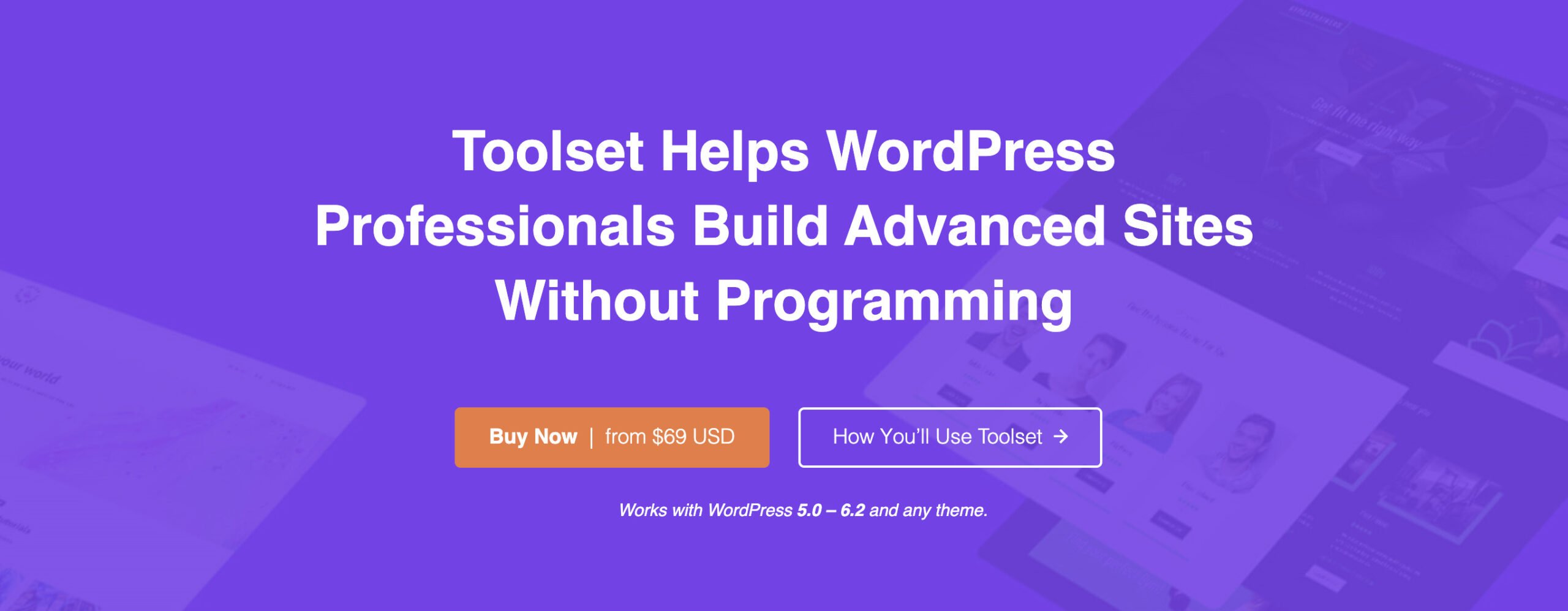
Toolset is another dynamic content plugin for WordPress that helps website owners to quickly create custom types, custom fields, custom taxonomy and even post relationships.. It also provides several features for displaying and filtering Dynamic Content, such as Views, Templates, and Forms. With Toolset, you can build templates, custom archives and lists with the WordPress Block Editor. Overall, it’s a complete plugin for creating dynamic content on WordPress website.
Key Features and Benefits of Toolset:
- Create custom post types, fields, and taxonomies
- Block Templates, and Forms
- Custom Grids, Tables and Lists
- Supports multilingual sites
- Highly customizable
- Excellent support
3. Dynamic.ooo:
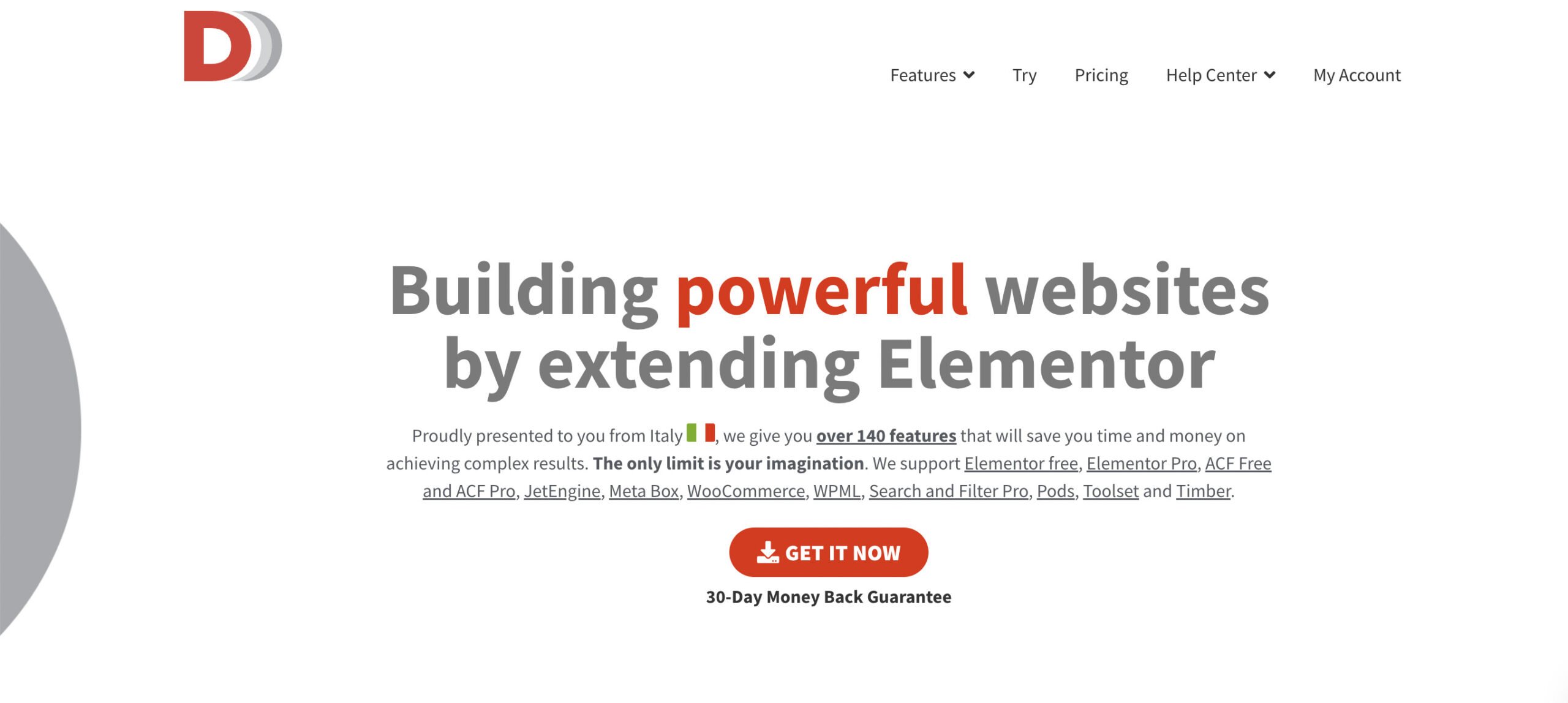
Dynamic.ooo is a creative dynamic content plugin for Elementor-powered WordPress websites. It provides several features for creating personalized product recommendations, dynamic payment method, dynamic posts, dynamic visibility, dynamic Google Maps and many other cool features. This is one of the most user-friendly and feature-rich dynamic content plugins available for WordPress site owners.
Features and Benefits of Dynamic.ooo:
- A whole-suite of dynamic features including conditional display, form and eCommerce
- Integrations with a lot of plugins including other dynamic content plugins
- Easy to use interface
- Flexible design options
4. Advanced Custom Fields
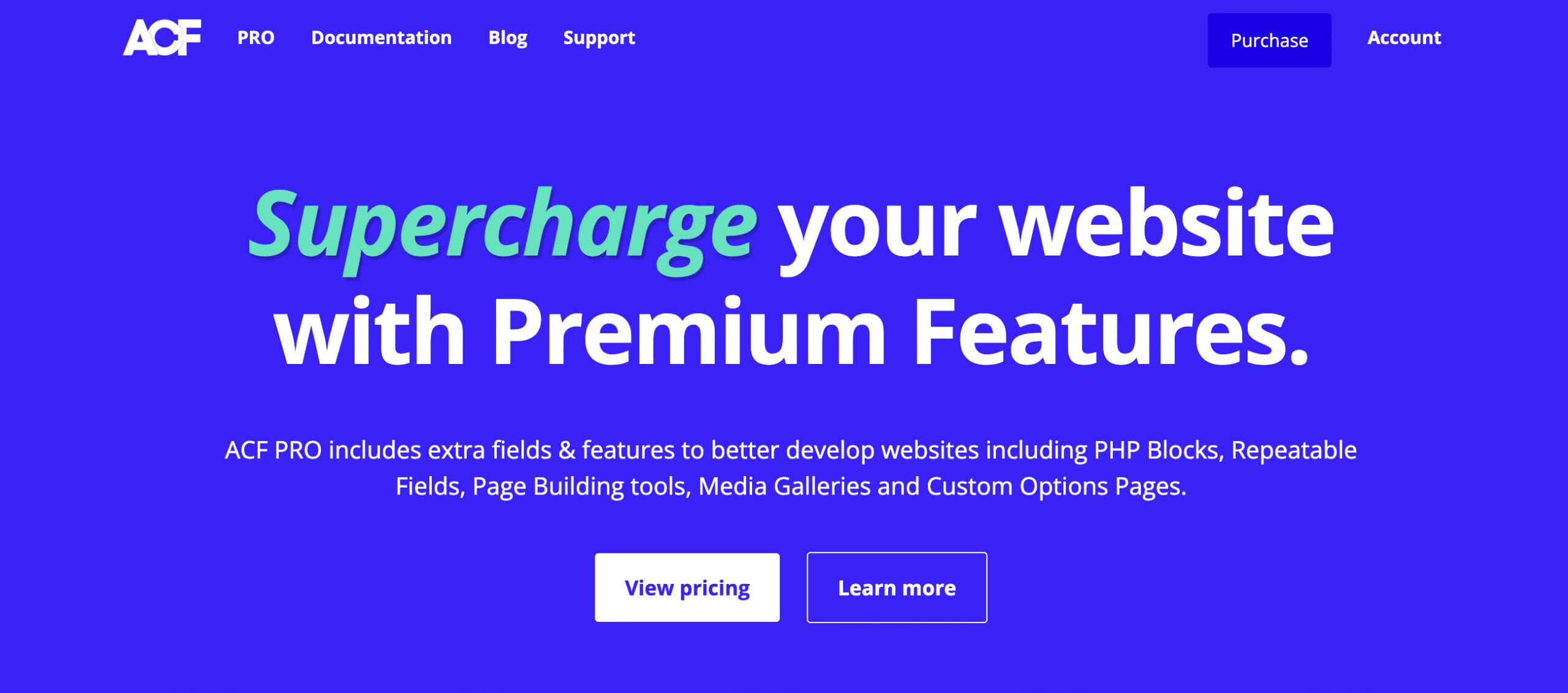
Advanced Custom Fields is a highly popular WordPress plugin that enables website owners to create custom fields, which can be used to present dynamic content. It offers more than 20 field types, including text, image, file, and repeater fields. Advanced Custom Fields is known for providing a user-friendly interface for managing Dynamic Content and integrating it into WordPress templates.
Features and Benefits of Advanced Custom Fields:
- Useful custom fields
- 30+ field types
- Powerful functions
- Developer-friendly
- Great support
5. Meta Box
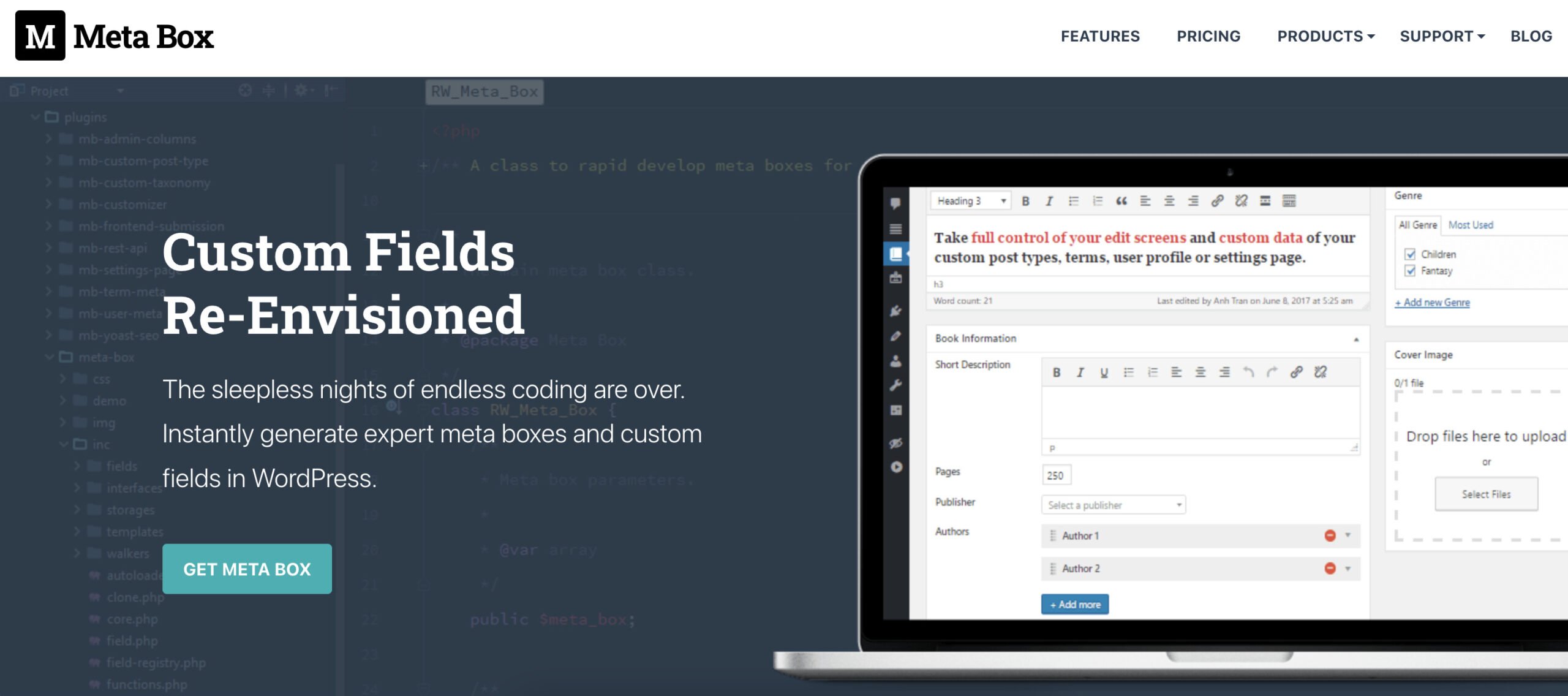
Meta Box works just like Advanced Custom Fields. It’s another dynamic content plugin that enables website owners to create custom post types, fields, and taxonomies. It also provides several features for displaying and filtering Dynamic Content, such as shortcodes and templates. Meta Box is highly customizable and provides excellent support for multilingual websites.
Features and Benefits of Meta Box:
- Create custom post types, fields, and taxonomies
- 40 different field types
- Highly customizable
- Multilingual support
- Developer-friendly
Ready to Use Dynamic Content On Your Website? 🚀
Adding dynamic content to your website is a powerful approach to improve user experience and increase engagement. Using dynamic content, you can customize your website’s content and make it more relevant to your users , which will raise the likelihood of conversions and return visits. In short, dynamic content enables the development of more captivating and interactive material and gives your user a better experience altogether.
To make the most of dynamic content on WordPress, there are various plugins available, and we have also shared some of our favorites in this blog. These plugins make it easy to create and manage dynamic content, even for those with little to no coding experience.
Whether you’re running an eCommerce store, a news site, a travel blog, or any other type of website, dynamic content can help you take your website to the next level. We hope with this article we were able to help you understand the benefits of dynamic content. It will also help you to create a more personalized and engaging user experience that drives conversions and keeps users coming back for more.
So are you ready to use dynamic content on your website? If so, what do you have on your mind? We would love to hear your ideas.












